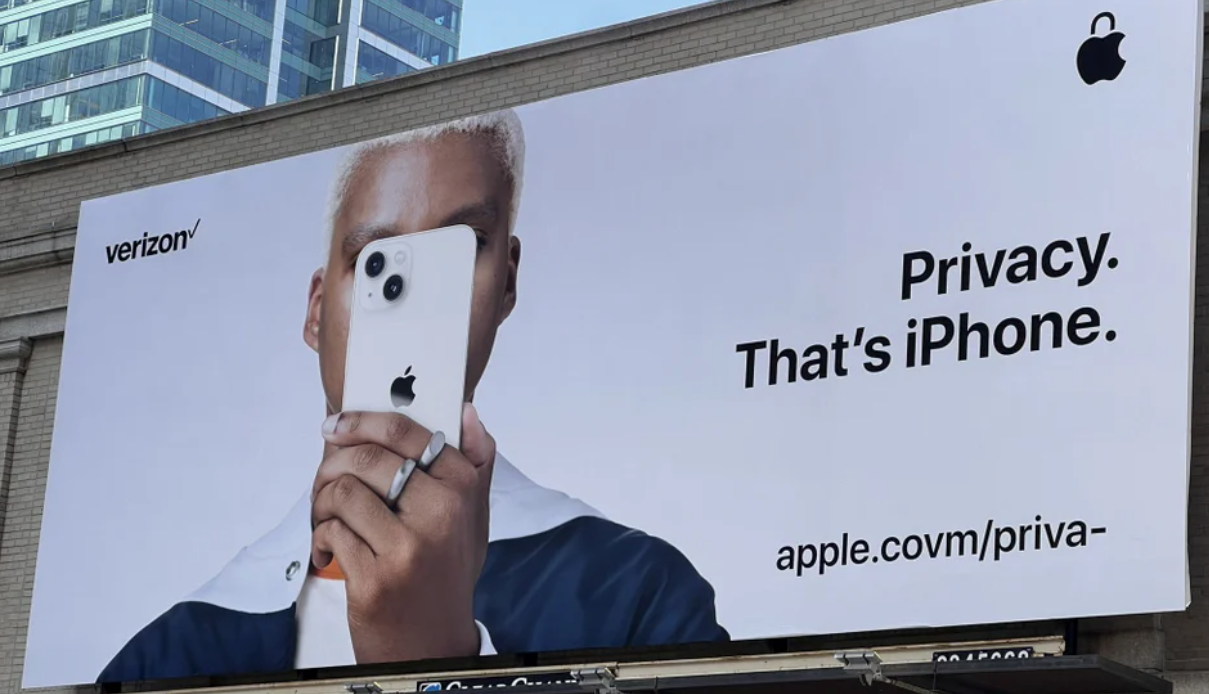In the early 2020s, I read a book called the “Artificial Intelligence Contagion” by Daniel Barnhizer. It was the latest in a series of AI non-fiction I’d read, and one thing I remember clearly from the book was its focus on the employment changes predicted with the rise of AI.

Fast forward to 2025 and now we’re living it. Back then we were steadily heading toward the exponential curve. People were talking about it, speculating.
Google was starting to complete my sentences in Gmail (I rejected it as perverse intrusion at first). Now, huge LLMs serve as my executive coach, my business partners, and my creative agency. We can’t escape the headlines of major tech CEOs claiming the shift of AI-enabled automation is eliminating entire career types, or, in one recent headline I read, “white collar work” altogether.
Things are moving quickly. Over the last two weeks I’ve produced at least five product requirement documents and subsequent front-end prototypes, all with AI, and all in less than fifteen to twenty minutes each.
Does it mean it will eliminate all our jobs? Not if you’re willing to change. Not if you’re willing to reconnect with a deeper side of yourself perhaps you never fully explored — a side of you that is creative, intuitive, and willing to experiment and fail, or admit you don’t know something but can find out.
As AI-driven tools begin to replace or accelerate our traditional “white collar” responsibilities, the most effective employees will be the ones who learn to mix the beauty of art and the precision of science. The ones who read the room, recognize emotions, and lead through the uncharted waters of the technological revolution we’re living through.
This requires three key skills from my point of view:
We’ll take a closer look at those in just a moment.
Earlier this year at a LogRocket product networking event that I attended, the keynote speaker said something that resonated with me:
“Marketing is art. Product is science.”
Like him, I have the luxury of having run or contributing heavily to product marketing and management teams for over a decade. Every product job I’ve had has been some blend of the two, and in one job I was directly responsible for both.
This is a crucial skill people don’t talk about often enough — the diligence of data-driven decisions blended with the intuition and emotional connection of art and empathy.
Consider a new market entrant in a nascent domain like quantum. While most of the world is getting excited about AI as we know it today, the world’s elite academic minds are considering how quantum technology will merge with AI to create an unstoppable future, where technology will ascend to inconceivable heights. The power of quantum is in its ability to run multiple simultaneous processes, instead of relying on traditional bits of zeros and ones that run sequentially.
Several years ago, I had the honor of leading a suite of quantum tech products in the algorithms, cryptography, and hardware space, as Chat GPT was just emerging. Not only was I responsible for a robust product suite, I was also leading product marketing.
The biggest challenge wasn’t figuring out what to talk about — we knew that quite well. The experts on our team were some of the world’s best and continually impressed me with their depth and breadth of knowledge. Instead, the challenge was determining how to talk about it.
How could we make it relevant for our audiences, whose day-to-day concerns didn’t require any of our solutions yet? In the case of quantum cryptography, for example, our solutions were future-proofing them against problems they’ll inevitably face when quantum computers crack traditional encryption standards, while these prospective customers were rightfully focused on solving problems they already had.
We combatted this by producing an open-source GitHub library aligned to the new NIST standards for quantum encryption. From our user research, we consistently heard that decision-makers wouldn’t purchase software from a “black box” (a proprietary solution where they couldn’t validate what was under the hood) — it had to be inspectable.
Taking that into consideration, we prioritized exposure, not immediate revenue. Offering it open source would help get the word out and get early adopters interested. Word of mouth would spread and soon we’d be inking enterprise deals to apply our library in commercial settings.
This is an example of blending art and science. We used the art of listening to customer feedback and using an open source go-to-market strategy with the science of a multi-channel launch campaign to drive AAARRR (awareness, acquisition, activation, retention, referral, revenue).
By offering something early and running pilots while ramping up, you learn and iterate, developing use cases to prove the ROI model. Then, when the technology comes to pass, you begin to scale because people are ready to jump on the train.
This example demonstrates:
Emotionally intelligent people are highly self-aware, which allows them to self-regulate and remain motivated and optimistic. They can empathize with others and apply social skills to build relationships or resolve conflicts.
To successfully build products in a constantly changing world, you have to generate, encourage, and share ideas, but the power of an idea is limited by other people’s perceptions. This is where the beauty of art and data come together, enabling imagination, inspiring curiosity, and provoking discussion.
One person could stand in front of a room of 100 people and deliver a presentation on product strategy using no slides or visuals — only words. By contrast, another person could speak to that same audience using similar words and stories, but pair it with visual examples or creative graphics to help the key points land.
The audience will walk away with a very different perception because having visuals provides an anchor where words leave a void. Consider how Apple uses advertisements with limited dialogue, focusing primarily on showcasing the product:

It’s important to be aware of how you communicate, the tools you use (or don’t use), the perceptions of others, and their perspectives and needs. This is critical in applying the art of marketing with the science of product, because you are always “selling” a product, even if it’s an idea internally.
On a run recently, I passed this apartment building called “MakersRise” and my immediate thought was, “What a weird name for an apartment building. I wonder if they called it that because everyone in this area is a Type A super driven professional, and they’re trying to encourage people to get up early and commute to work, or appeal to that group’s desire for personal achievement?”
It got me thinking about the word “makers.” What is a “maker” anyway, I wondered.
Then a spark hit me — a maker is a creator, and a creator is a producer. Product people are creators, but producing isn’t just about building. Product and engineering are at the intersection of creativity and construction, but to know what to build in the first place (and how to build it), a love for learning is required.
Something out there is wrong, and you can fix it. Apply your emotional intelligence, don’t be afraid to fail, and approach your learning and testing journey with creativity and inquisitiveness.
A constant love for learning and genuine interest in how to improve is crucial to demonstrate your adaptability to new tools and shifting trends, a mentality of experimentation, and a willingness to fail and try again.
My daughter recently brought home a school drawing of humans posing in different positions, framed only by a circle for a head, ovular circles for arms and legs, and a rectangle for the core.
I loved seeing this art for several reasons:
It was exactly what it was supposed to be — body poses. Not smiling faces, not cartoons against a backdrop, not full bodies with clothes. They were like naked manikins sketched in pencil.
This is going to sound strange, but sometimes you need a naked manikin before you dress it in sequined gowns, much like you need a garden of rich soil before you can harvest flowers and vegetables. The point is to find that balance.
Start with the bare bones and then flesh it out. Both require a different type of creativity. To build the structure, frame, or MVP, you need systems thinking and solution architecture. To build the details you need a vision, strategy, and emotional intelligence to realize the end state.
And your frame of mind matters. You’ll produce a very different creation if you’re angry than if you’re joyful.
Make space for creative work. It isn’t forced into a time block on your calendar, and it requires framing before adding flowers. Remove mental blocks by learning your triggers to avoid tripping up (emotional intelligence), then let it flow.
I’ve always learned how important it is to use data in decision making. Data combats ego and opinions, and arms even the quietest, debate-averse people to have an open dialogue.
Data levels the playing field. Sometimes data isn’t available, though, and intuition has to be good enough — that gut instinct acting as your north star, which is only possible if you’re attuned to your surroundings. There’s a bit of an art about it.
No matter how much technological transformation we endure, the skills that root us in our human experience will always be in high demand, so practice building your emotional intelligence, cultivate your love for learning, and strike a balance in whatever you’re doing.
Try blending the freedom of art with the precision of science.
Featured image source: IconScout

LogRocket identifies friction points in the user experience so you can make informed decisions about product and design changes that must happen to hit your goals.
With LogRocket, you can understand the scope of the issues affecting your product and prioritize the changes that need to be made. LogRocket simplifies workflows by allowing Engineering, Product, UX, and Design teams to work from the same data as you, eliminating any confusion about what needs to be done.
Get your teams on the same page — try LogRocket today.

Stop letting unreliable data block features. Treat data as inventory to track quality, ownership, and ship with confidence.

Learn why slide decks slow teams down and explore better tools like whiteboards, PRDs, and prototypes to improve collaboration and alignment.

AI PM roles are evolving fast. Learn the five types of AI PMs, the skills they need, and how they shape AI products across industries.

Learn how you can use AI agents to automate workflows, boost productivity, and choose the right tools while avoiding common pitfalls.